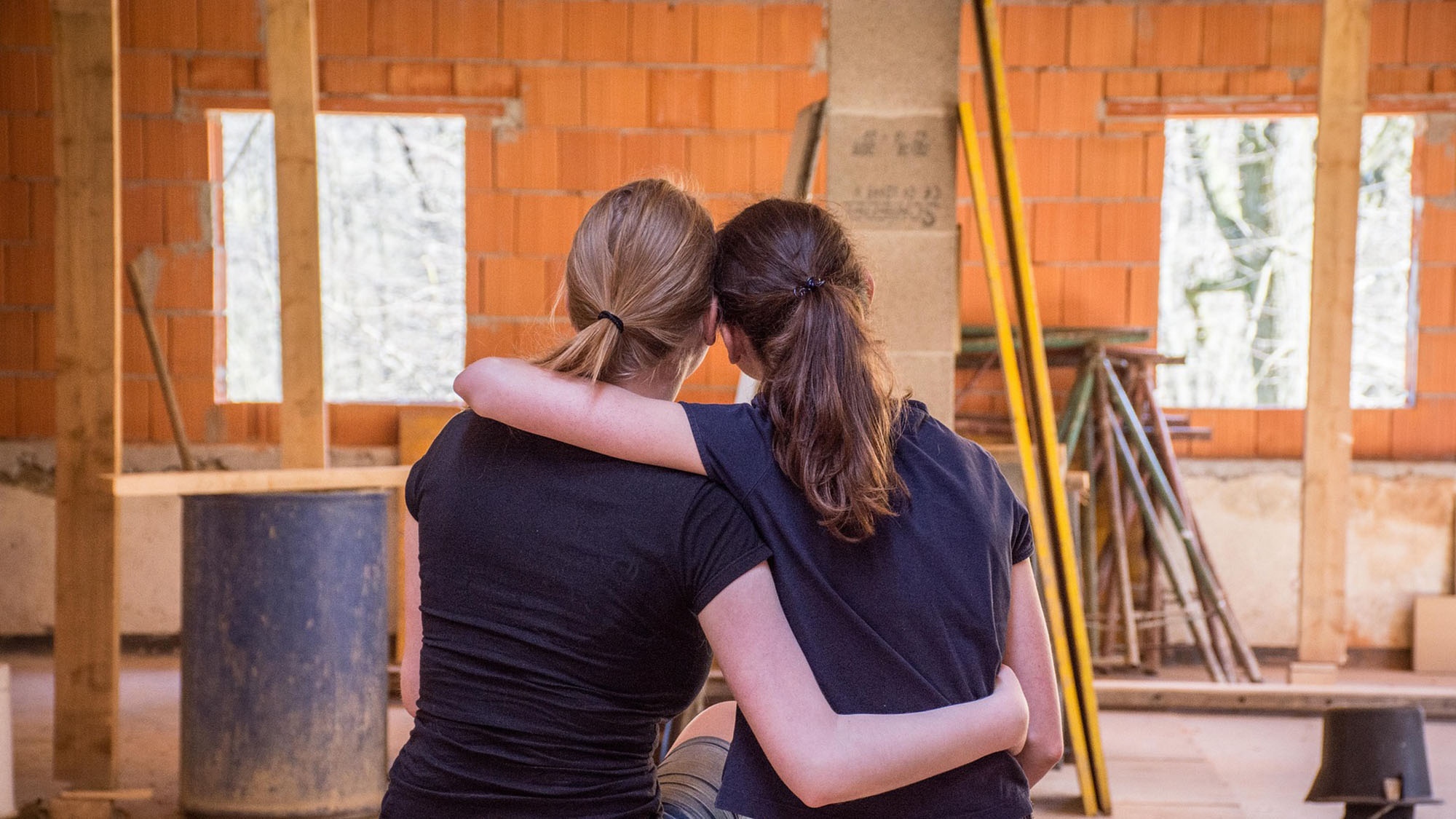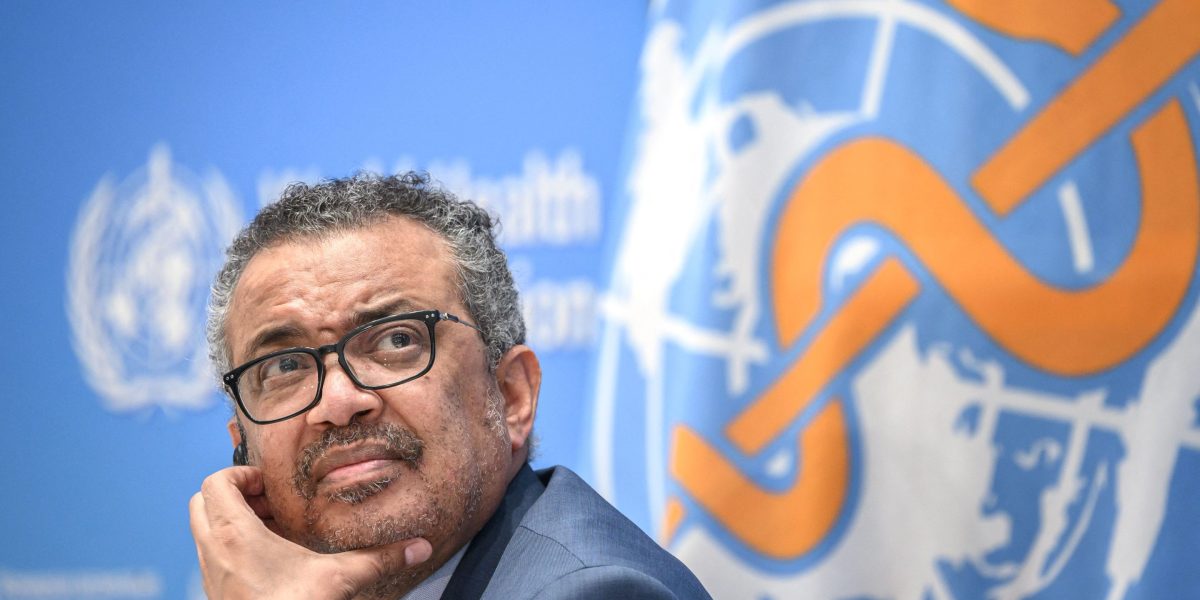[ad_1]
Where do you feel safe? And with whom? Where are the spaces in your life where you can truly relax, let your guard down, and not feel like a threat might be lurking?
Over the course of human history, such safety is relatively rare. And for people in marginalized communities, it can be very hard to find. That lack of safety, according to a new theory by University of Utah psychology professor Lisa Diamond and recent doctoral graduate Jenna Alley published in Neuroscience and Biobehavioral Reviews, may have a direct impact on the health of people in marginalized communities, particularly the LGBTQ community. The theory challenges decades of thinking that health disparities in the LGBTQ community are primarily due to encounters with stressful and discriminatory events, a concept called “minority stress.”
“If we want to promote the health of stigmatized populations, it’s not going to be enough to simply remove discriminatory laws,” Diamond says. “If you are still experiencing social disconnection and social rejection, the body is living in a state of vigilance and wariness and fear. And that is a direct public health threat.”
Minority stress
Many studies have found that LGBTQ teens and adults face higher rates of mental illnesses than the general population, with one study arguing that depression now poses a greater mental health risk to gay and bisexual men than HIV. Disparities in physical health have been more complicated to measure, but many have found elevated cardiovascular disease risks in sexually or gender diverse individuals.
Why does the LGBTQ community face health risks? Could it be related to social stigmas? In 2003, epidemiologist Ilan Meyer of UCLA proposed that LGBTQ health disparities could be explained by the concept of “minority stress” – a cumulative burden of exposure to stressful discriminatory or violent events that reinforce a stigmatized or minority status.
But the theory of minority stress was hard to explore, because self-reported measures of exposure to stressful events didn’t correlate strongly with health outcomes.
During the COVID-19 pandemic, Diamond caught up on research by scientists who specialized in the connection between mental and physical health, particularly immunology and inflammation. A 2020 review she read got her thinking about the concept of social safety and its relationship to health.
It was a time when all of us experienced a loss of safety. “All of a sudden human relationships became unsafe because the very air we were breathing became unsafe,” Diamond says. “Everything became uncertain.”
The review, by UCLA psychoneuroimmunologist George Slavich, explored how an evolutionary need to keep our bodies physically safe by monitoring for and responding to unsafe situations also applied to social situations. Social conflict and rejection may have once carried a physical threat as well, as exclusion from the protection of early societies could mean exposures to physical danger as well. So, Slavich says, social safety theory posits that our bodies perceive unsafe social situations as physical threats, and respond via the immune system. “When sustained, however,” he writes, “this multilevel biological threat response can increase individuals’ risk for viral infections and several inflammation-related disease conditions that dominate present-day morbidity and mortality.”
It was a lightbulb moment for Diamond, whose research includes both LGBTQ studies and health psychology.
“This was really the first time that the two sides of my work came together,” she says. “Even if you never encounter discrimination, even if you don’t have a demeaning minority stress event, stigmatized individuals move through the world not being able to take their social safety for granted. It’s not just the presence of stress that’s killing us . . . It’s the absence of social safety.”
Stigma and social safety
Diamond notes that, as a social species, we take note of countless cues every day from those around us that are indicators of our social network. These cues might consist of smiling at a stranger, offering help to someone who seems to need it, or even making room for someone on a bus. These cues together can convey social safety, Diamond and Alley write. “They remind us that we belong to an interconnected and protective social fabric: No matter what happens, you are not alone.”
But people who experience stigma, particularly those who Diamond calls sexually or gender diverse, may not experience that protective fabric.
“And so they’re always monitoring,” she says. “’Is that person friendly? That person used a word that makes me think they’re not gonna be okay with gay people.’”
A constant state of vigilance can have physiological effects, including spurring chronic inflammation, which is detrimental to health. “So our brain’s response to being excluded and rejected produces a molecule in our body that is a pathway to disease and dysfunction. And so feeling connected is not a luxury. It is a necessity for humans.”
Diamond and Alley’s theory is just that so far—a theory based on social safety theory that may explain existing data on LGBTQ health disparities. To explore the theory further, Diamond is submitting grant applications to crowdsource senses of safety on the U campus. She’s interested in learning where people feel safe and why. A follow-up study would track biomarkers of stress in people as they move between spaces “to see if occupying safer spaces signals the body to downregulate that vigilance to say here, you don’t have to watch the door. You don’t have to be on alert here. You can relax.”
Diamond hopes that learning more about social safety can help create more safety and improve health. She’s excited to explore where else this theory may lead.
“This new understanding of safety actually answers a question that’s been bugging the minority stress field for ages.”
Read Diamond and Alley’s paper here.
[ad_2]
Source link


